 Reviewed by
Anton Giuroiu
&
Reviewed by
Anton Giuroiu
&
Mineral wool is the best soundproof insulation material that can be used for soundproofing purposes, but it is a pricey option. Meanwhile, cost-effective materials that can be used include blown-in fiberglass or cellulose insulation, foam, cotton, and batt insulation.

Soundproofing has become a necessity in many homes nowadays.
Whether due to the increased use of gadgets, more traffic on the streets, or to ensure privacy, more and more people are looking for ways to soundproof their homes. And while there are many soundproofing techniques available for this purpose, before you try them out, it is essential to learn about soundproofing insulation.
And this is just the guide that can help you out.
Types of Soundproof Insulation Explained
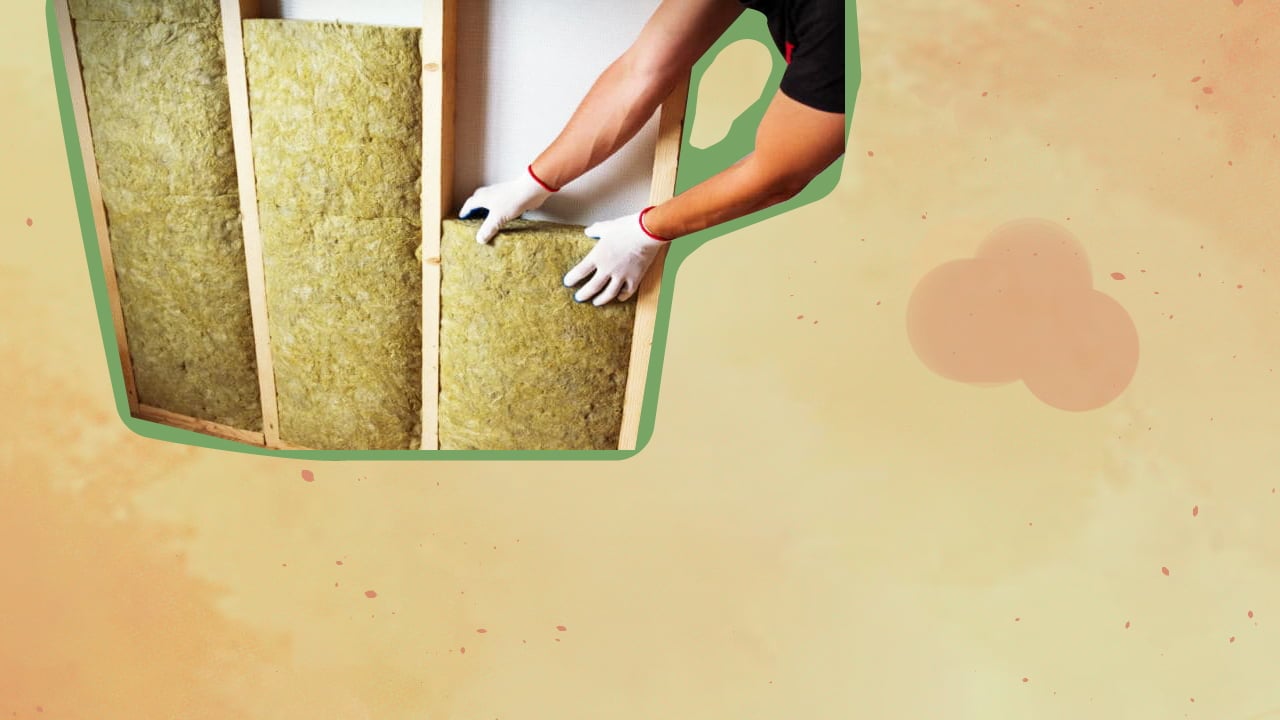
Fundamentals Of Soundproofing
To understand how soundproofing insulation works and what are the best materials for the purpose, you first need to know a few basic things about soundproofing.
What Is Sound?
Sound is a wave generated by a vibrating body and can travel through solid, liquid, and gas mediums. This means it can be transmitted through air, water bodies, and even solid objects, like doors and walls. For soundproofing purposes, sound can be classified into different types, including:
1. Airborne Sounds
Airborne sound travels through the air, and traffic noise, conversations, etc., are examples. Usually, such sounds can be reduced using sound insulation barriers.
2. Impact-Based Sounds
Impact-based sounds occur due to vibrations caused in a surface when another object strikes it and possesses more energy than airborne sounds. Some examples include the sounds of slamming doors, a hammer striking, and even of footsteps. Reducing these sounds is more difficult since vibrations are caused within various surfaces.
3. Flanking Sounds
Sounds that travel through surfaces like electrical outlets or ductwork are called flanking sounds or flanking noises, and it can be quite difficult to locate their source.
What Is Noise?
Noise is generally defined as unwanted sound that can cause disturbance in an area, but this is a subjective definition. What one person may consider as noise, another may not, but noise usually has the characteristics of being unpleasant and loud.
Measurement Of Noise Levels
Noise levels are measured in the following ways:
1. Sound Pressure Level
Sound Pressure Level the pressure level of sound measured on a logarithmic scale, and the unit used is decibels (dB). The use of a logarithmic scale means that the pressure level can change significantly even with a slight change in the scale.
2. Loudness
The loudness of any sound will depend upon factors such as the point where it is heard and the person hearing it. For instance, even a low-intensity sound may appear very loud in a quiet room.
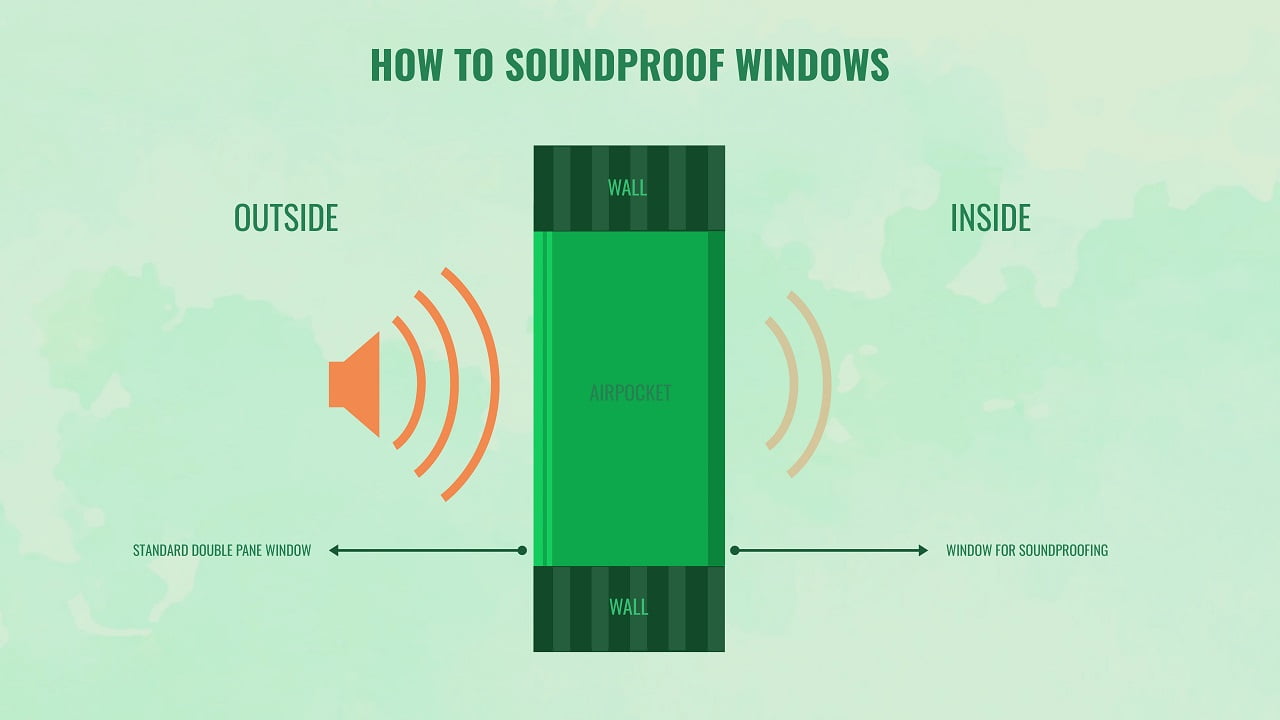
How Effective Is Soundproofing?
The process of soundproofing aims to reduce sound waves from traveling through the various surfaces of a building, such as doors, walls, and the ceiling.
While it is possible to block out all sound from a specific room completely, it is not very easy to do in most cases. The reason is that many soundproofing techniques are generally very complicated and require a lot of time, resources, and effort.
Soundproofing methods that are usually used can only reduce noise and not eliminate it. Fortunately, for many people, a reduction in the noise level is adequate.
Sound Transmission Class - What Is It?
Sound Transmission Class or STC is a rating system that indicates how effective a building partition or assembly is in preventing the transmission of sound waves. A higher STC rating indicates that the building is more effective in reducing noise. But even insulation materials with a high STC rating may not be able to attenuate low-frequency sounds, such as bass-heavy music or sounds of machinery.
According to the International Building Code, an STC of 50 is required for buildings with multiple families, while an STC of over 60 is considered to be the best. STC ratings are generally used for airborne sounds like conversations.
Methods Of Sound Insulation
The most commonly used methods of sound insulation include the following:
1. Providing Additional Mass
It is more difficult for sound waves to travel through an object that is large and heavy. This means you can reduce sound by adding mass to surfaces that you want to soundproof, such as a hollow core door, which can help in sound reduction. And there are many ways by which this can be done, such as by installing drywall or using mass-loaded vinyl.
2. Decoupling
Surfaces that are in contact with one another make it easier for vibrations to travel through. Separating or decoupling them, such as the two sides of a wall, can reduce the sound that reaches your ears.
3. Insulation
The cavity of the wall that needs to be soundproofed can be insulated to reduce sound from one reaching the other side. Generally, this is done by adding some insulating material between two sides.
Advantages Of Sound Insulation
1. Improved Acoustics
Soundproof insulation materials are very effective in preventing noise from entering a specific space. This means that besides soundproofing, they can help improve the acoustics of a space and can be used in areas like a recording studio.
2. Effective Noise Reduction
Many extensive soundproofing techniques are quite complicated and require considerable time and resources. But with the right sound insulation materials, it is possible to get good results easily.
3. Reduced Transmission Of Heat
Many materials used for soundproof insulation offer additional benefits besides noise reduction, such as reducing heat transfer, which helps regulate the temperature of a space.

Soundproof Insulation Materials
You can use several types of insulation materials for soundproofing purposes, and some of the best ones are mentioned here.
1. Mineral Wool Insulation
Slag, which is produced when steel is manufactured, or natural stone is heated and spun to manufacture mineral wool insulation fibers. Then, oils and resins are added to enhance the strength of the wool. The biggest advantage of this material is that it uses recycled products and is fire-resistant.
That said, mineral wool insulation is among the costlier materials you can use for soundproofing walls. A cost-effective alternative to mineral wool insulation is fiberglass insulation. Mineral wool, also known as stone wool insulation, has an STC rating of 45, which is great for noise control.
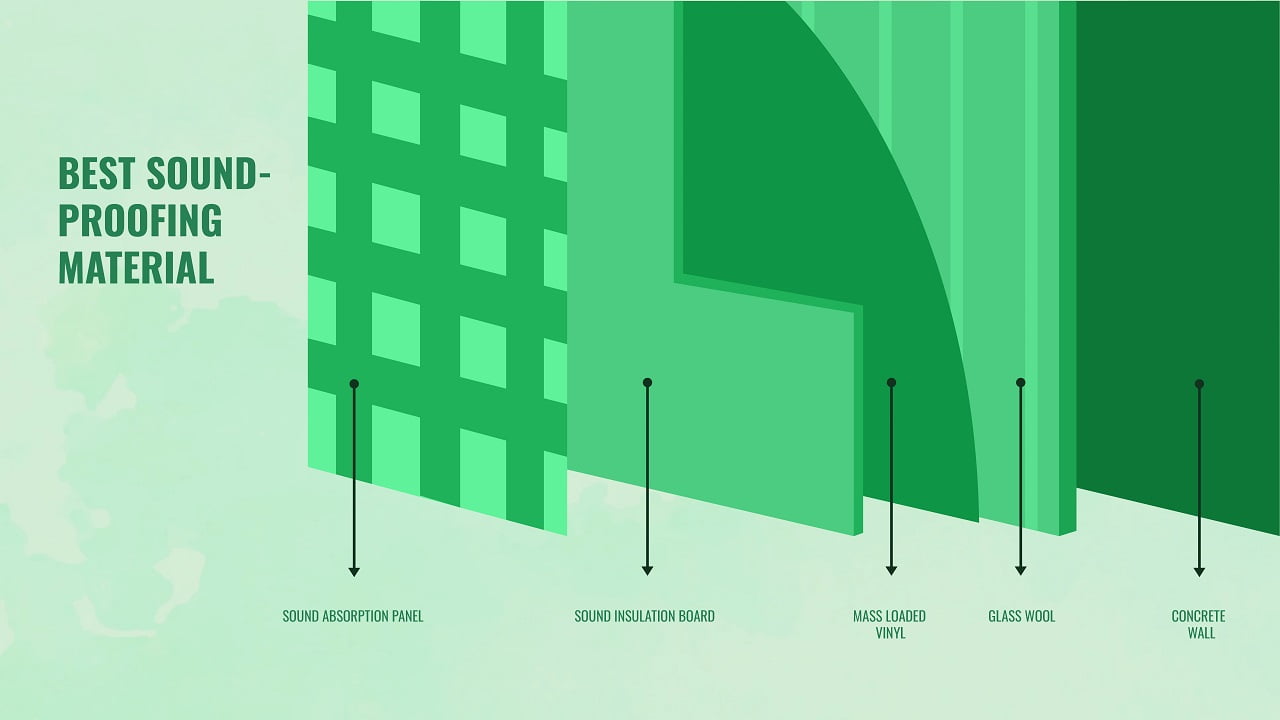
2. Blown-in Fiberglass Insulation
Blown-in fiberglass insulation is manufactured by spinning the fibers of heated glass and combining it with plastic to make it more flexible. This material is among the most commonly used for sound-deadening insulation since it is affordable and is available in rolls, loose fills, and batts.
Fiberglass insulation, also known as glass wool insulation, has a good R-value and an STC rating of 39. On the flip side, it may not be the best solution for people who are prone to allergies.
3. Cotton Insulation
Cotton insulation is manufactured from cellulose fibers that are obtained from clothing items like jeans. It is available in batts that can be installed easily between stud boards. Since it is made from recycled cotton, this type of insulation is biodegradable and can be treated with boric acid to improve its fire resistance.
While it has a high STC rating of 51, cotton insulation can be a bit expensive.
4. Cellulose Insulation
This is another material used for sound insulation made from recycled and waste materials, like shredded cardboard and newspapers. It can be made fire-resistant by applying materials like boric acid and can be used in various spaces to make them quiet.
Cellulose insulation, also available as blown-in insulation, is affordable and has a good R-value with an STC rating of 39. But keep in mind that cellulose can produce a lot of dust, so those with allergies may not find it suitable.
5. Foam Insulation
Foam insulation is among the most popular building insulation materials and is available in various forms, such as solid boards or spray foam. Different types of plastics are used to manufacture foam insulation, and you can choose between open-cell and closed-cell foams.
Open-cell foam insulation is much better at absorbing airborne noise and can expand easily to fill up cracks and holes when used as spray foam insulation. Closed-cell foam is not as effective since it has lower porosity.
Spray foam insulation is a versatile option that can easily be used in many different spaces where rolls or batts cannot be used. Like many other soundproof insulation materials, foam insulation is treated with fire-retardant materials to make it fire-resistant. Also, it has an STC rating of 39.
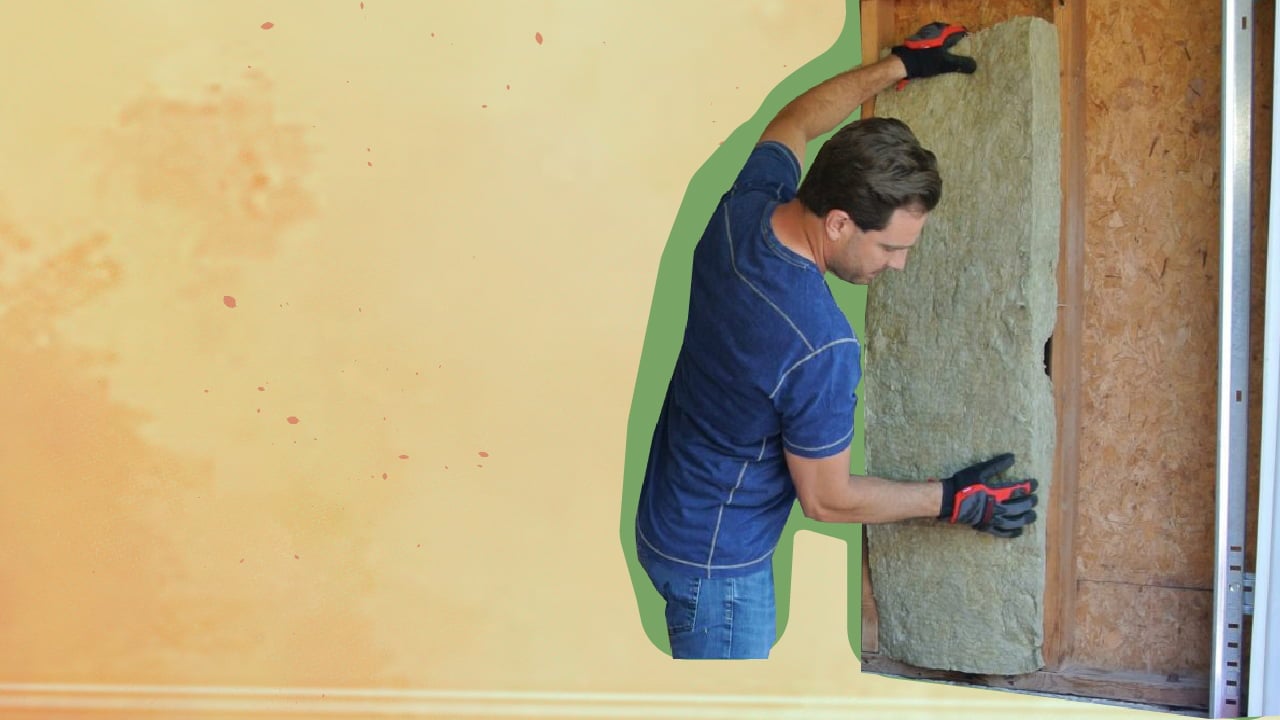
Factors To Consider When Buying Sound Insulation Materials
To ensure you get the desired results, selecting the right insulation material for soundproofing is vital. For that, you need to consider certain factors, which have been mentioned here.
1. The Scope Of The Project
Depending on the scope of the project, you may be able to get results simply by installing sound insulation materials or may need to use additional soundproofing techniques. For instance, in a building where pests are a frequent problem or it is hard to work on the surfaces, sound insulation may not be adequate. Therefore, you’ll need additional materials and tools to work on such surfaces.
2. Budget
Before deciding on the materials, you should research and find out the prices of different materials available for soundproof insulation. This will help you come up with a suitable budget and decide which materials to use and how extensive the project can be.
3. Project Handling
The insulation materials that can be used to create a sound barrier will also depend upon who is going to undertake the project. If you plan to complete it yourself using DIY techniques, it is better to go with materials that are easier to use. On the other hand, if the soundproofing is to be done by professionals, using professional-grade insulation materials would be wise.
Tip
A useful tip to help you choose the right insulation material is to consider its mass. The greater the mass of the material, the more effective it will be in blocking sound. For instance, if you are planning to use mineral wool, go with rigid boards made from the material.
They will not only have the density of the wool but will also have more mass which can drown vibrations easily.
The R-value refers to the energy efficiency of the sound insulation material, and high-mass materials have a higher R-value. A higher R-value means that the material requires less energy to keep your room insulated. Hence, materials with greater mass are more effective in preventing sound transmission. While there are several materials you can use to soundproof interior walls, in most cases, mineral wool offers the best results. This is due to its high density, which prevents the air between walls from transmitting sound waves. However, it is an expensive material, which won’t be suitable for those on a budget. Soundproof Insulation FAQs
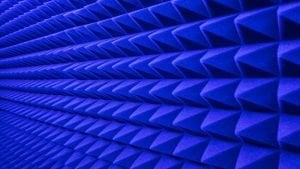
Soundproof Insulation Conclusion
Soundproof insulation can help reduce unwanted noise in your home. The materials available for the purpose can be used in a variety of situations and can even complement other soundproofing techniques.
While you may not be able to eliminate all sounds, these materials can help in noise control to a considerable extent. If you find selecting the right material challenging, it is a good idea to hire the services of a soundproofing expert.
They can perform an inspection of your home and recommend the most suitable materials that can be used for sound insulation. What’s more, in cases where you may have doubts about installing the material, such experts can perform the installations quickly and efficiently, saving a lot of hassle.
And with that, this comprehensive guide on soundproof insulation has come to an end. Until next time!
